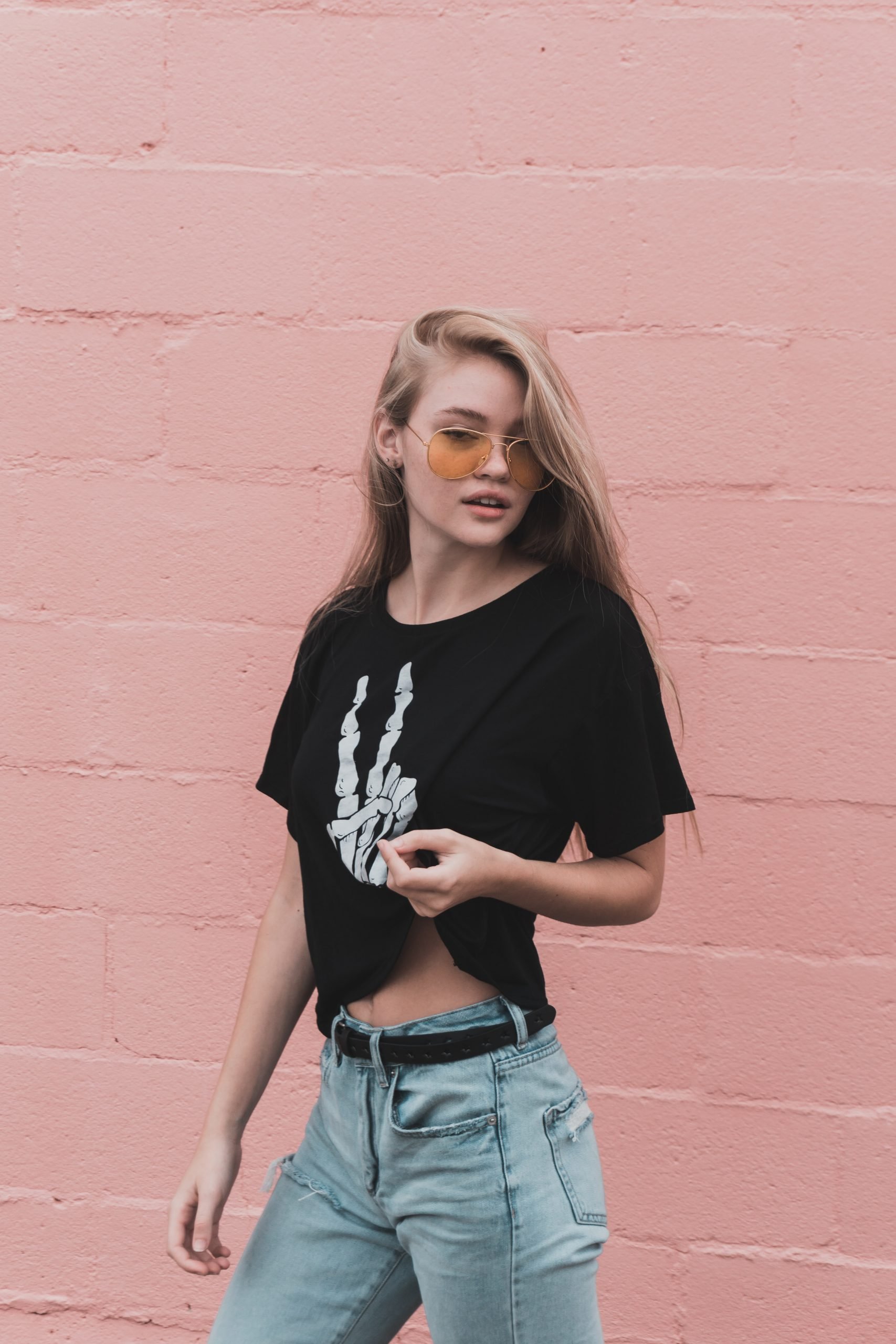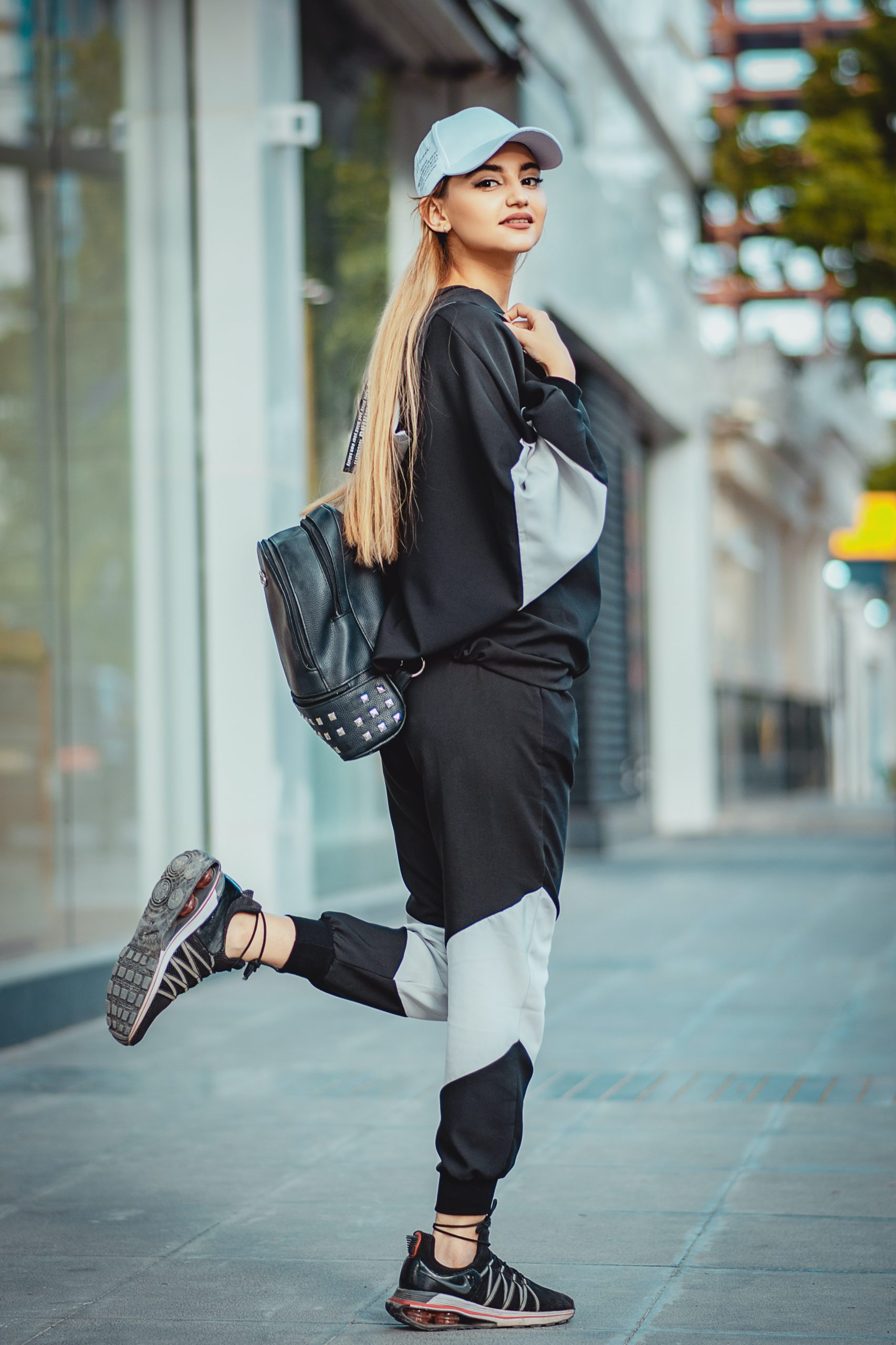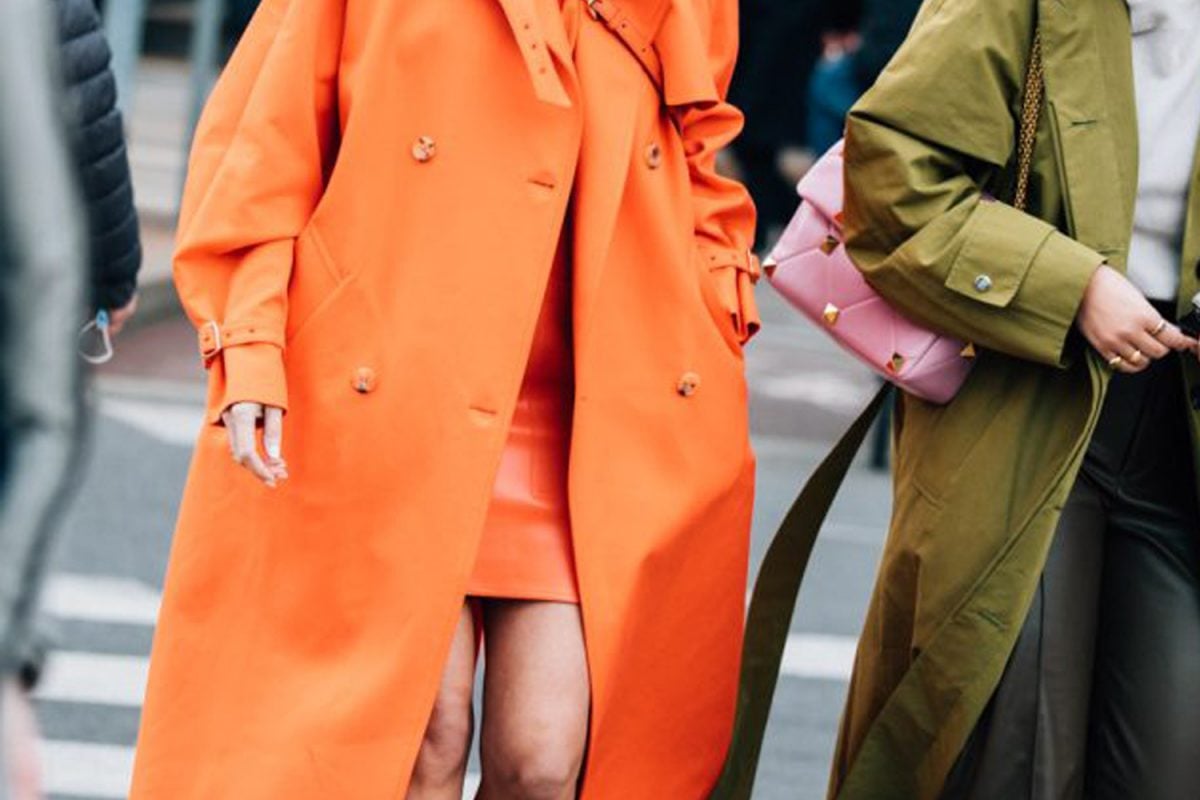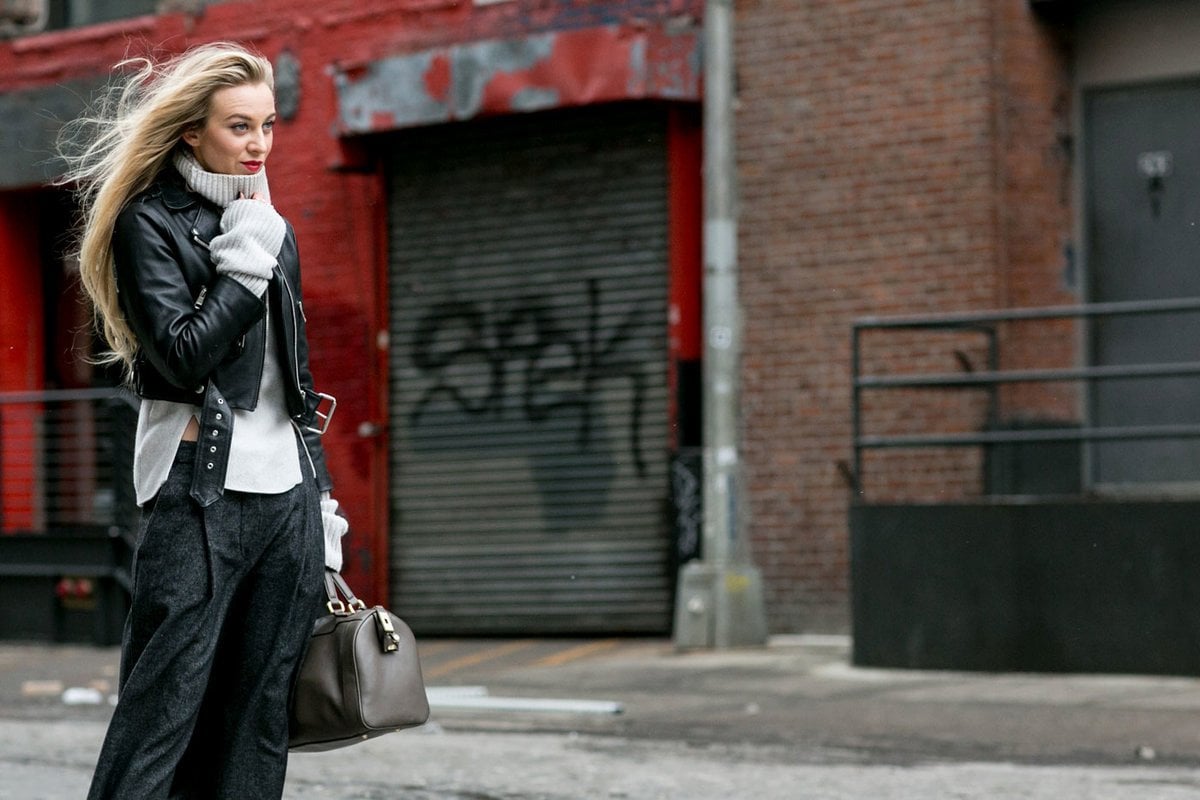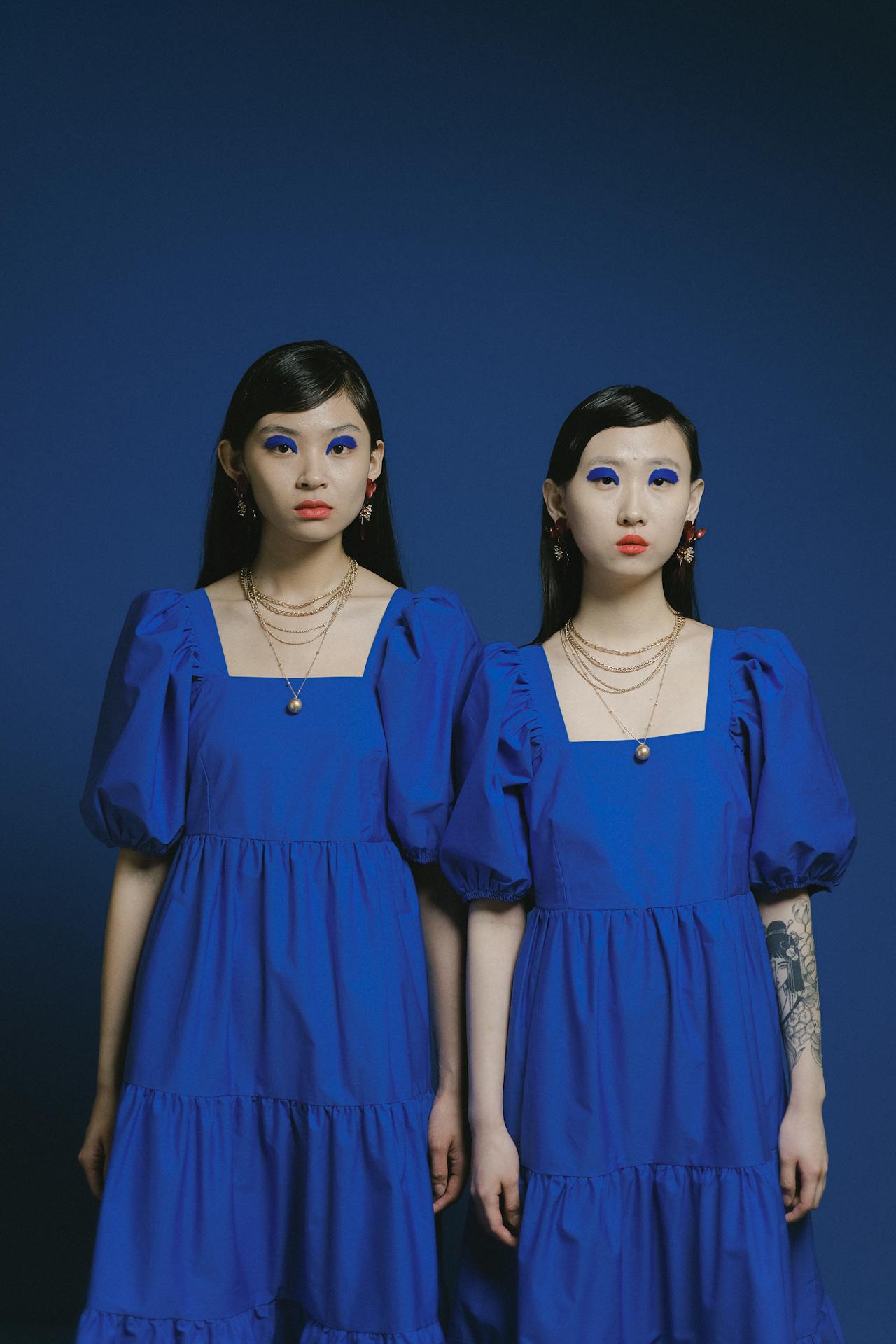
The Zara vs Shein Challenge: Fast Fashion vs Ultra Fashion
This publication is also available in: Français
English (UK)
Deutsch
Italiano
Español
You surely haven’t missed the videos “Zara versus Shein Challenge” that are popping up by the millions on TikTok.
Influencers film themselves with two similar outfits, one from Zara and the other from Shein. The goal of these videos? To promote the Chinese giant that offers the same pieces as its competitor for nearly three times less.
The hashtags #zaravsshein and #zaradupes have been seen 57.8M and 105.8M times. These figures speak volumes about the importance of the Zara versus Shein challenge on TikTok. We break down this fashion phenomenon of fast fashion versus ultra fashion that is generating a lot of buzz.
How does the Zara versus Shein challenge encourage consumption of ultra fashion?
Some influencers have specialized in Zara versus Shein challenge videos. Of course, with unbeatable prices (15 euros for a dress or 5 euros for a t-shirt), Shein is always the big winner. The Zara versus Shein challenge encourages followers of these accounts to shop on Shein in two ways: the Shein Haul videos where young girls film themselves showing their purchases from Shein and comparisons of similar outfits from Zara and Shein, or influencers like Awilda who compare the two brands by highlighting Shein’s much more affordable prices.
Why does consuming Shein pose a problem?
Because Shein is not fast fashion, but ultra fashion.
This is no longer news, ultra fashion is a harmful industry for the planet. While many brands are going green by developing a more responsible approach, Shein is following the opposite trend.
Thousands of new pieces are produced every day. Shein uses this as a selling point, proudly showcasing it on its app.
#Sheinstolemydesign: Plagiarism in the world of ultra Fashion
The #zaravsshein challenge on TikTok has uncovered thousands of pieces that Shein is said to have copied from Zara’s designs.
The hashtag #sheinstolemydesign has 6.4 million views on TikTok. The Chinese e-commerce giant is accused of plagiarizing major fast fashion brands like Zara and smaller designers.
What do these creators say? They are trying to draw consumers’ attention, as TikToker DevsDoodlesCo discovered that two of her designs had been copied by Shein and shared a video asking her community to boycott the Chinese brand.
What does Shein risk?
For now, nothing. Well, that might change, but Shein has become so powerful so quickly that the company has already surpassed fast fashion brands like Zara, Mango, or H&M, being valued at over 100 billion dollars.
According to Mike Flanagan from the consulting firm Clothesource, if “Shein has indeed stolen an idea from Zara. By the time Zara notices and files a lawsuit, it takes about two years. But that model may have only sold five copies and then disappeared in a few weeks. Proving something two years later is impossible.”
In conclusion…
If some are shocked by the plagiarism or the working conditions of the workers or the environmental impact of Shein, we must face the truth: the brand has become a true phenomenon. The ecological or ethical question does not weigh against the millions of videos from influencers.
The brand has also launched a campaign to find new Shein ambassadors.
Fast Fashion is giving way to ultra Fashion; can we be happy about it? Not really if we look at the working conditions of Shein and its environmental impact. The Zara versus Shein challenge is just the beginning of ultra fashion, and it’s not the crisis or inflation that will reverse the trend. Despite all the controversies surrounding the Chinese brand, Shein is here to stay. If, however, you prefer, like us, a sustainable and trendy fashion, read our guide on responsible fashion to look beautiful without ruining the planet.
